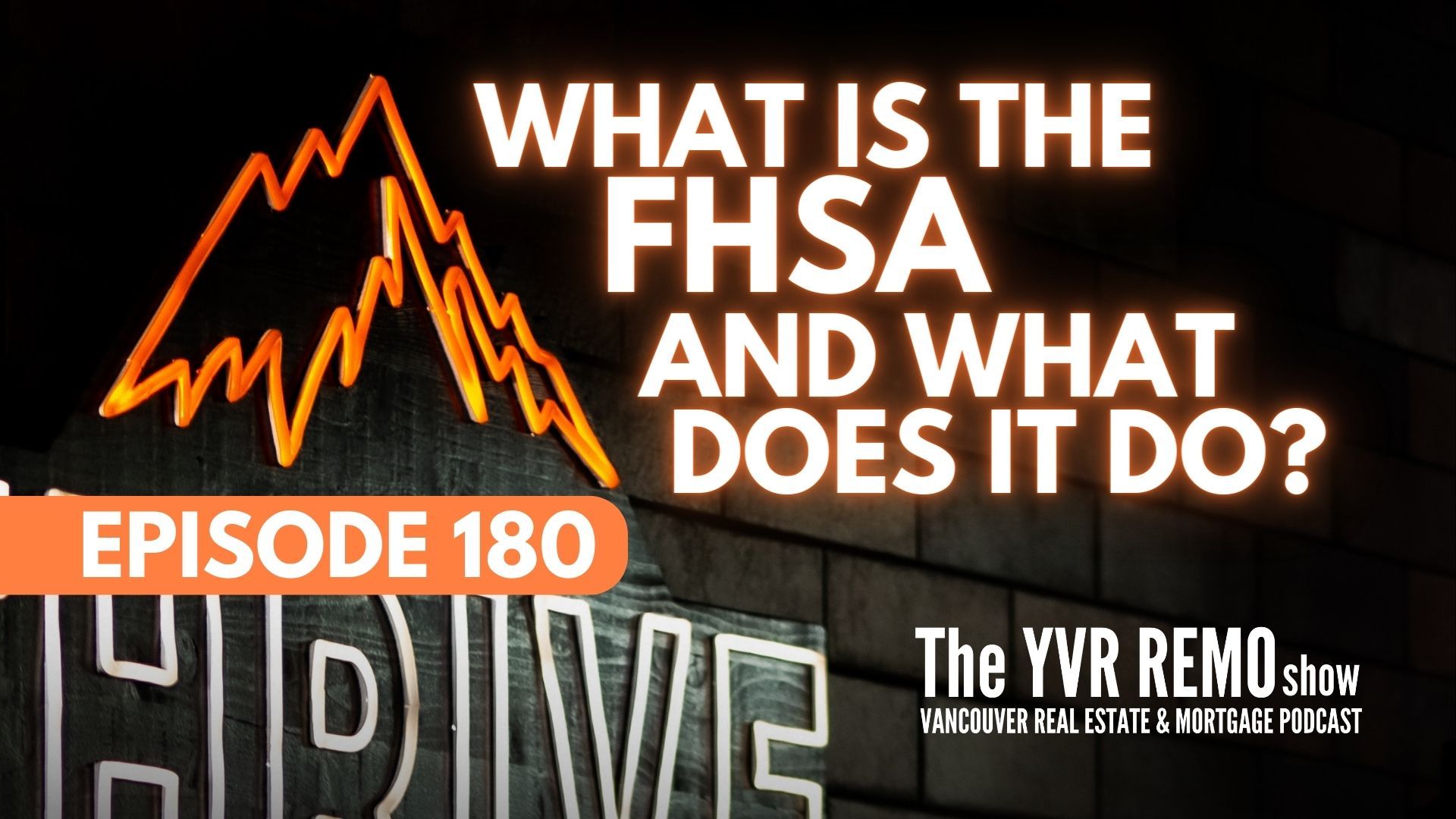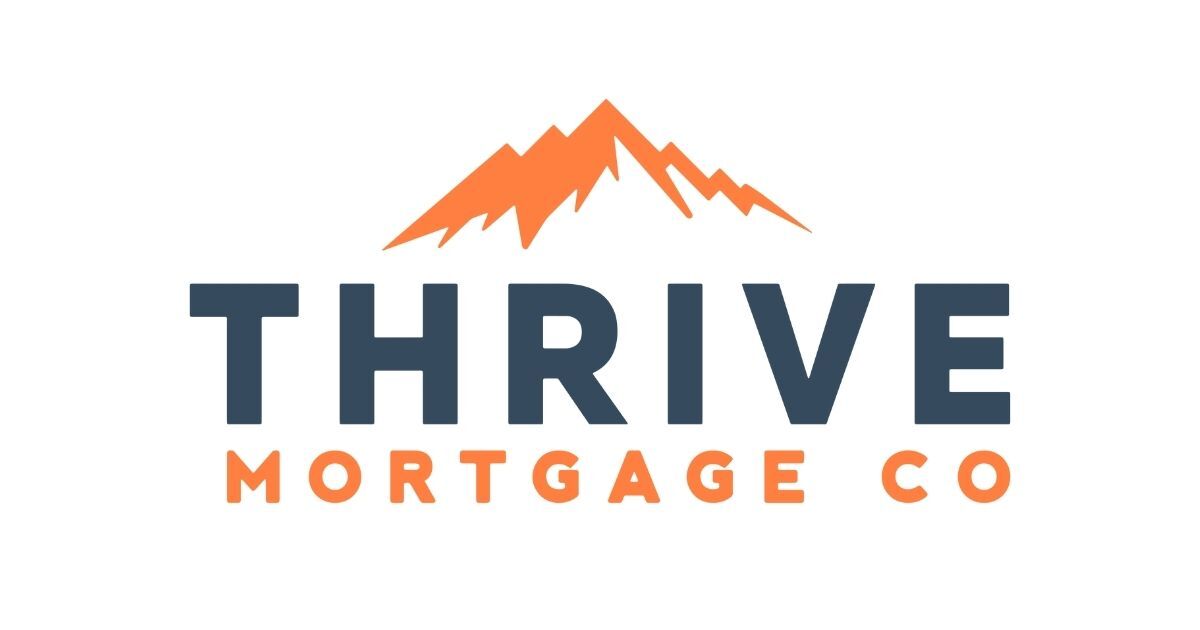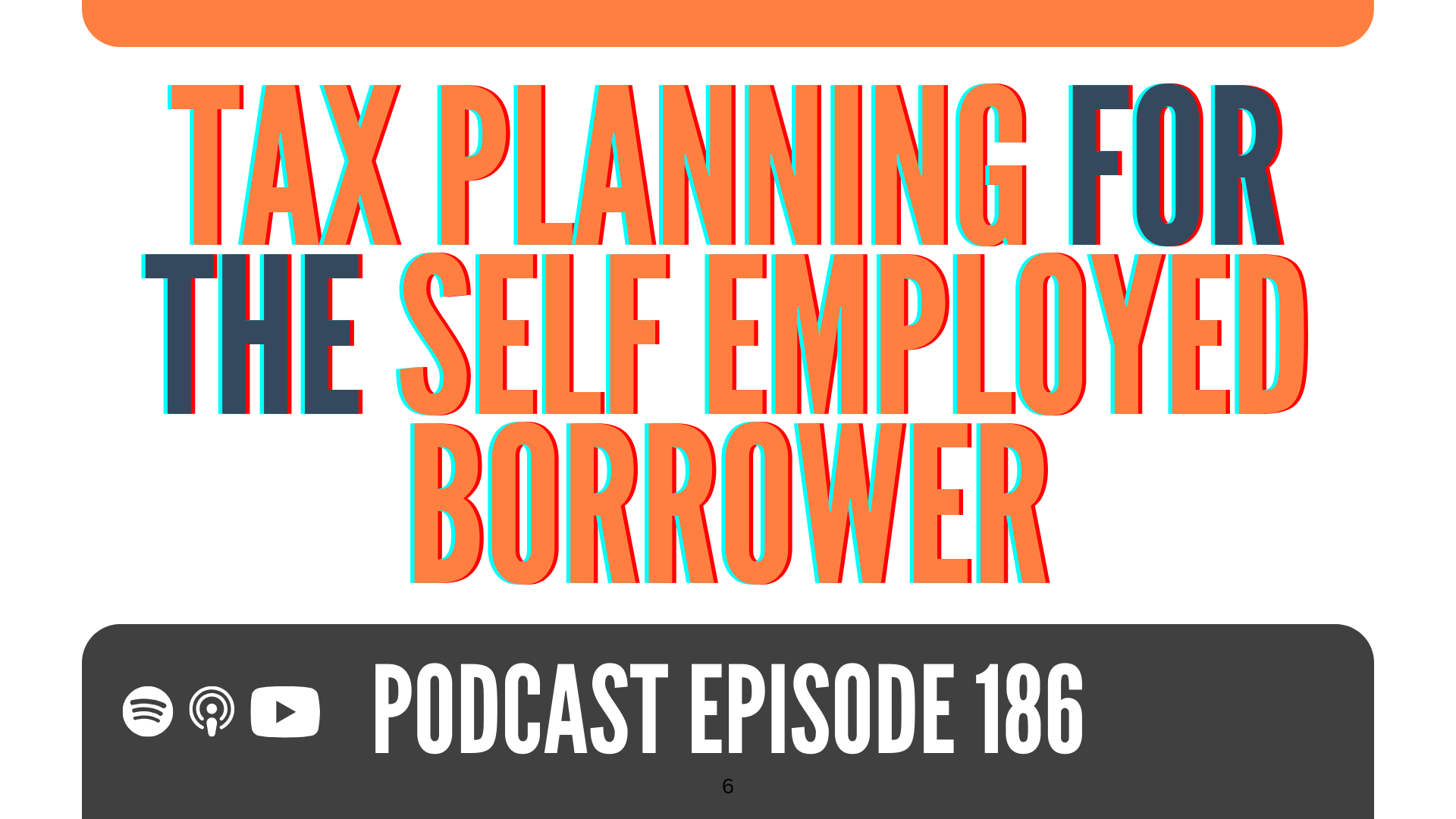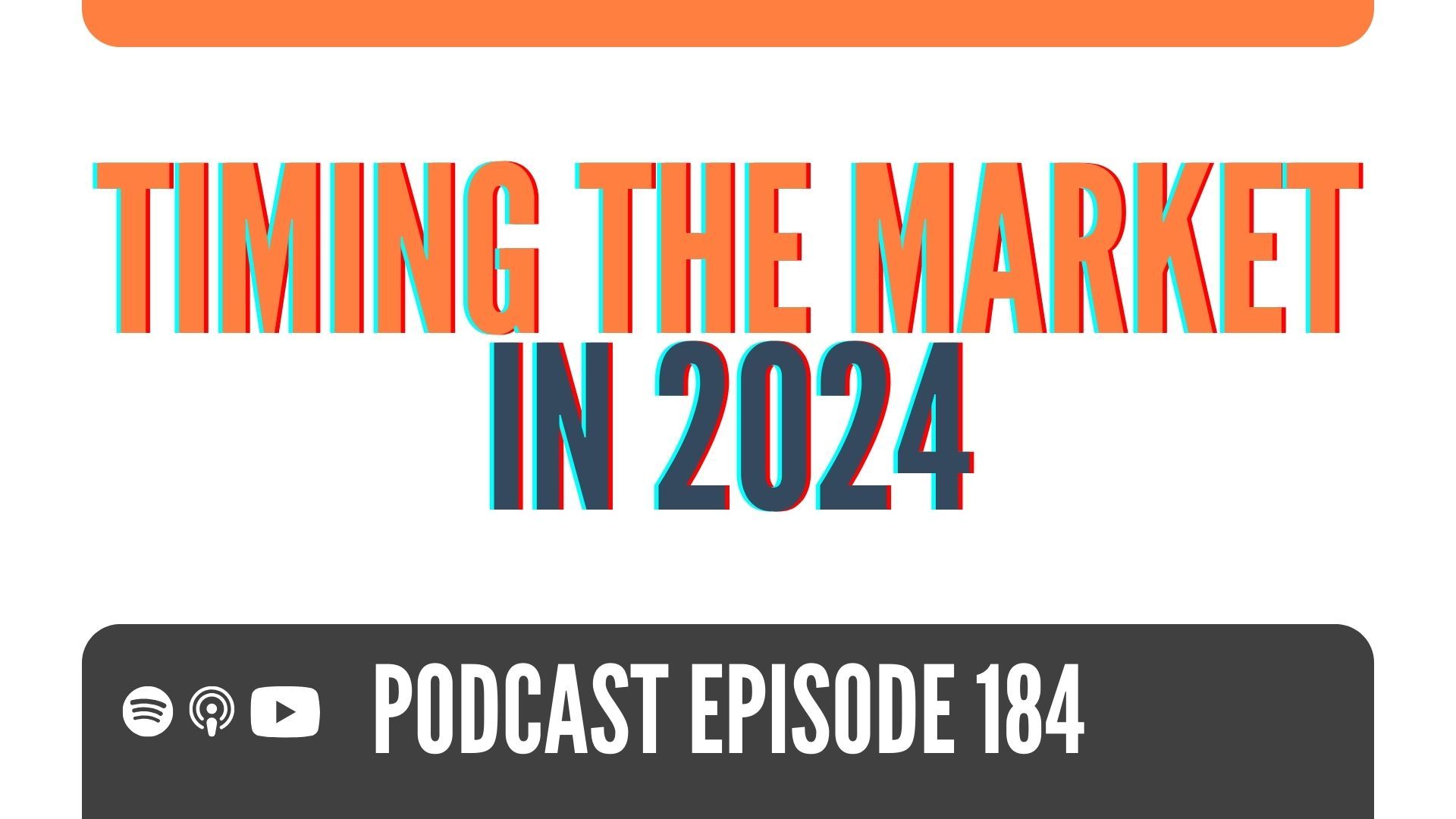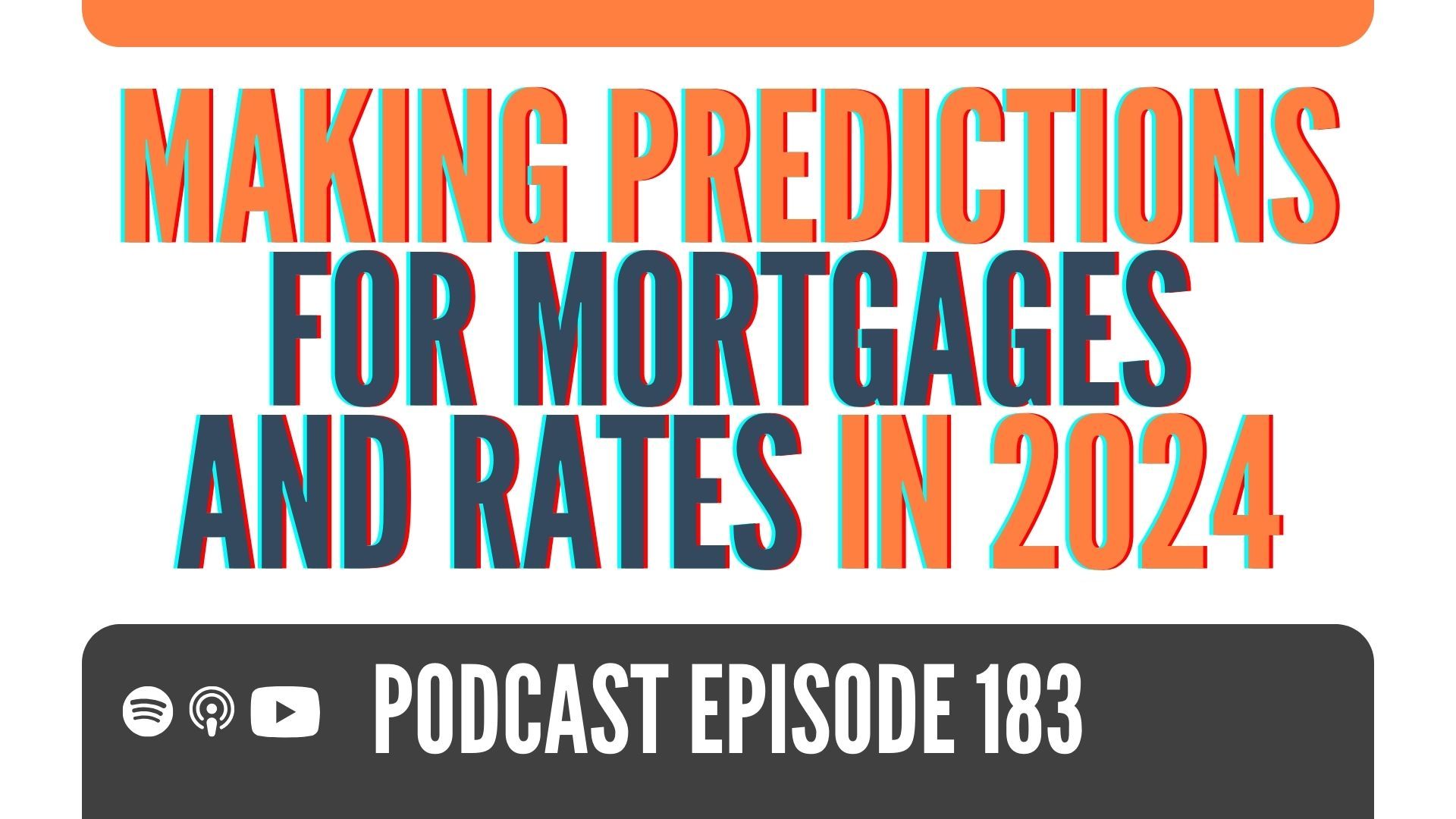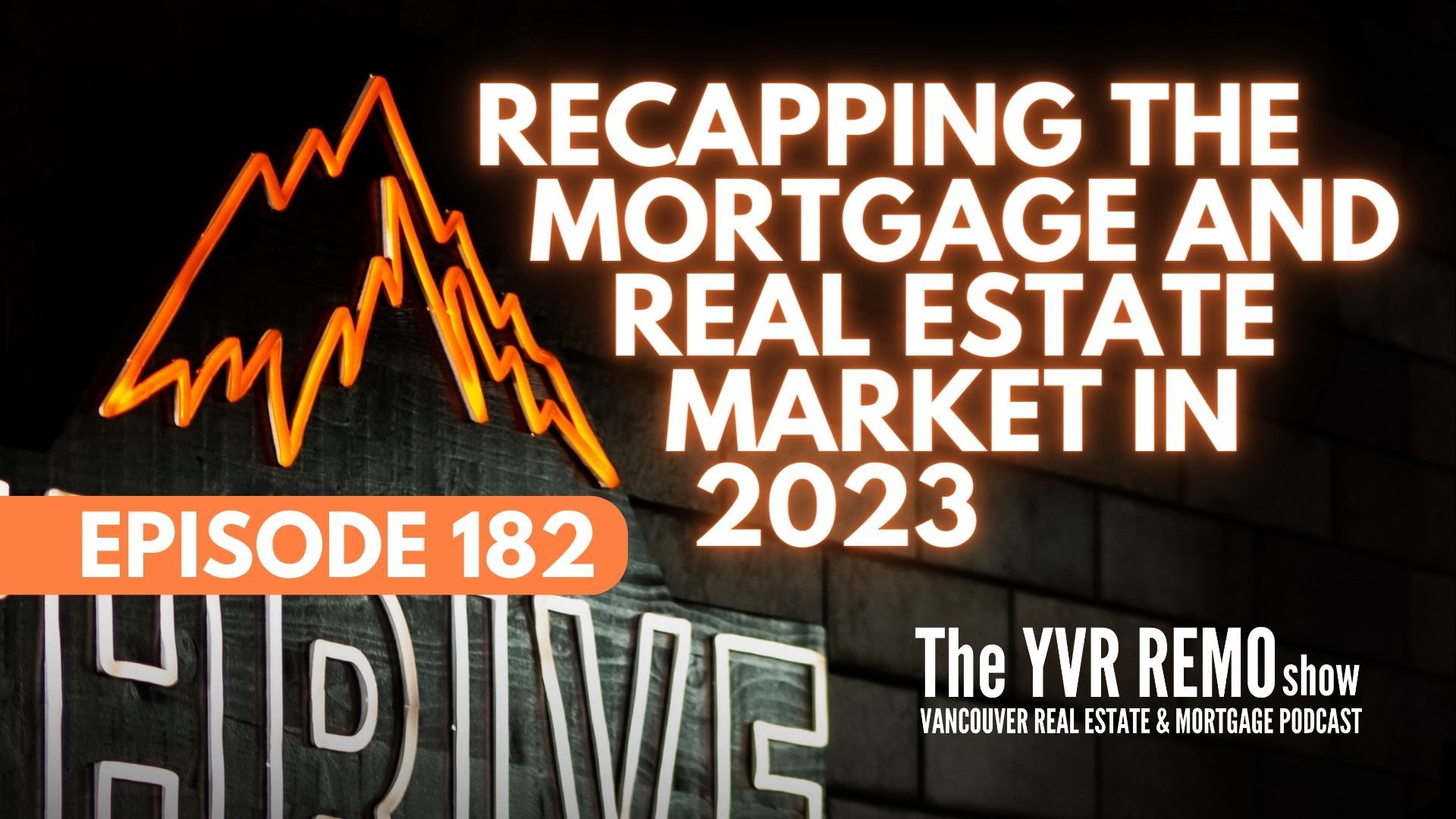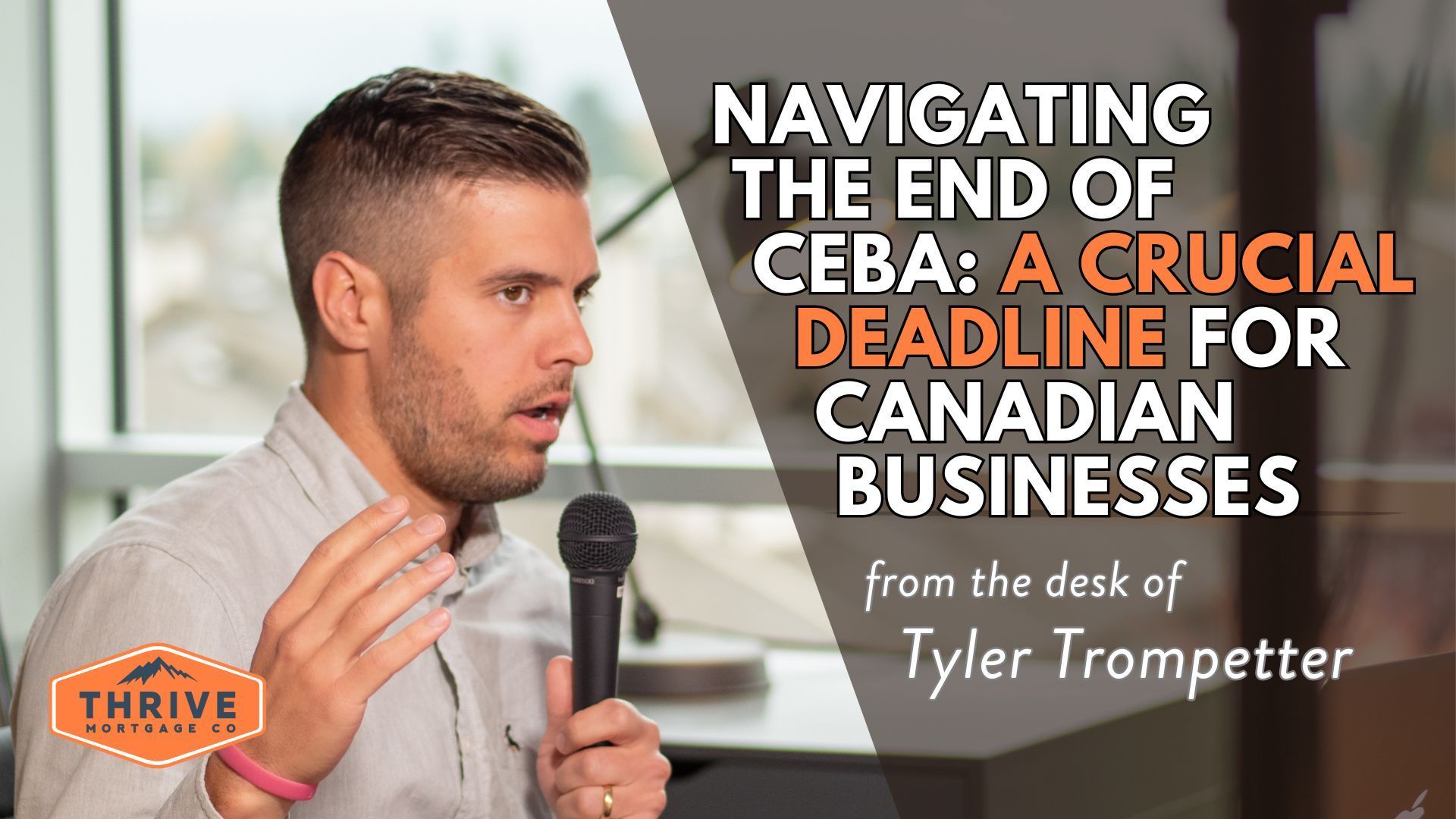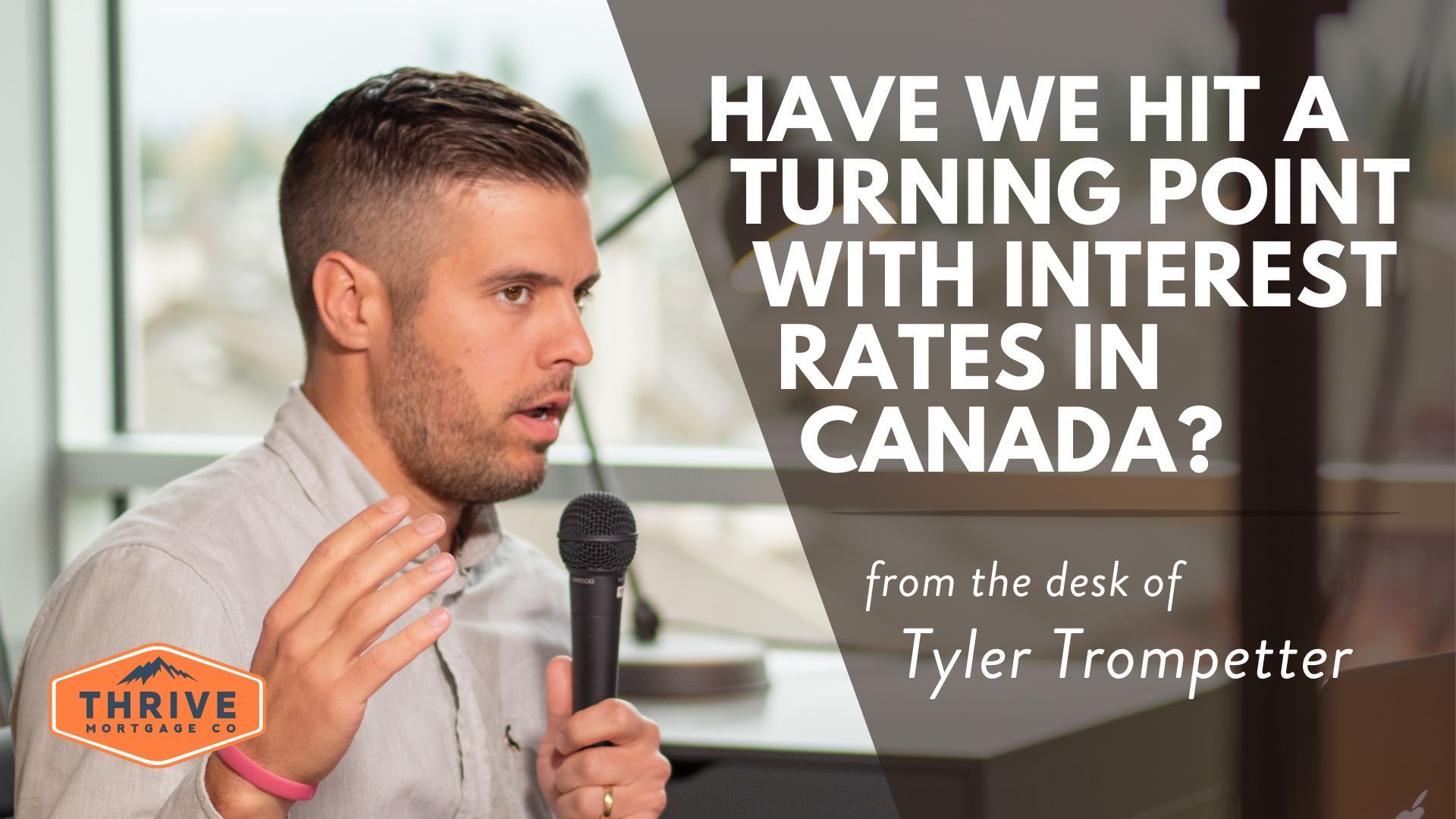YVR REMO SHOW Episode 17 - 6 Ways To Invest In Real Estate In 10 Years
James Garbutt of Garbutt & Dumas Real Estate in New Westminster, BC joins us for this episode of the YVR REMO Show! He shares with us some of his journey's in investing, highlighting the wins and the losses as well as what he's learned from each situation. Without further delay, let's dive into his story!
THE BEGINNING
James attending Simon Fraser University in Burnaby, BC. While there, he would start a painting business on the side to help support himself. While most students were studying for exam week, James was door knocking finding prospective new clients for his business. The process of going door to door and facing possible rejection while managing a team helped prepare James for a future in the real estate profession. After working hard for his first two summers, he was able to save enough for his first down payment. The first property that James purchased was a condo for $196,000 which over time would go up in value to about $300,000. That was the first win.
"The first year of painting was more powerful than my business school degree."
The third summer painting would help him get his second deposit. The fourth and fifth summer amounted to a deposit on the second condo he would purchase. By the time the fifth summer arrived, it was time for James to make his first downpayment.
WHAT GAVE JAMES THE INCENTIVE TO BUY HIS FIRST HOME?
It was goal orientated. He knew at age 19 that real estate was a good investment. He also had nothing to lose. As a kid he would admire the houses in his neighbourhood but he never imagined that he would become a realtor because all the advertisements he saw at the time were cheesy. More on that later.
WAS THERE EVER ANY CONCERN OVER THE FINANCIAL ASPECT OF THESE PROPERTIES?
Until james had kids, he would never shy away from risk. Early on in his investing, he had the benefit of having his mom on as a co-signer. He knew he could have easily made $100,000 a year form painting houses but strived for more.
HOW LONG BEFORE HE TOOK THE STEP TO BECOME A REAL ESTATE AGENT?
After years of labour jobs from painting to lumber, he realized it wasn't for him. The main thing was shedding the cheesy stigma he held for realtors. He needed to have an open mind. Being an avid MLS browser, he decided to take the leap.
"If i'm going to work hard, whynot work for myself."
James went through the realtor course in about a month and wrote the exam a month later. He started selling in March of 2008 and sold 15 houses that year! It took 3 months to get a deal and 6 months to see his first paycheque. By labour day, James was sitting at 6 deals. His whole intent was to find deals for buyers. in 2009, when the market returned to normal, he continued his methods of finding buyers. Back then Facebook was still the main form of social media and helped greatly. 2009, his first full calendar year, he had reached an amazing 52 deals!
HOW DID HE GET PAST THE CHEESY ADVERTISING?
Now he agrees that it's important to put your face on a flyer. It was a feeling that he needed to get used to because farming is a big part of the business today.
15 DEALS IN A FIRST YEAR SELLING IS A LOT, HOW DID DOOR-KNOCKING CONFIDENCE COME INTO PLAY TO HELP ACHIEVE THIS NUMBER?
When you knock on 20 doors as a tradesman, one will say yes. Customer service was appreciated where in real estate it is expected. The aspect it helped with was the ability to fail. In real estate, fishing leads doesn't last forever.
FIRST DEAL STORY
James went into a for sale by owner who was, at first, reluctant to give the listing to him right away. He offered to write up the contract if they found a buyer or atleast help them through the process. The seller found a buyer two weeks later and took James up on the offer. The buyer flaked out of the deal and did not remove subjects. It was then that James got the listing and sold it one month later. He has always felt that it goes miles to help people out of courtesy.
AT WHAT POINT IN YOUR CAREER DID YOU TAKE ON YOUR NEXT TYPE OF INVESTMENT?
By the time James had started selling, he was already 3 condos deep. By nature, he was a builder and recognized the added value to land. In early 2010 he had purchased a lot in the Moody Park area. He built a house for $330,000. There were many lessons from this build. He was hit with a 2 month absence from the builder, realized the main floor had 8ft ceilings, and the design was very plain. What did he learn? He learned how to qualify a builder, access the cost, and not to obsess over details.
From there he purchased a house built in 1812 located in Queen's Park. The house had been in a state of falling apart. The location was great and the lot was 8,200 square feet. Building a new house right away wasn't possible because of finances so James decided to wait. In that time, the city of New Westminster placed a heritage protection on that neighbourhood. This posed many problems, one being the garage. 100 years ago garages were detached and the heritage protection would ensure it stayed that way. He had already submitted his first design application with new design guidelines. Still sitting on that home, he's now looking for a heritage revitalization agreement. Even though he has it rented there's still a loss of $2,000/month. There's 44 trees that surround the property, adding to the difficulty of selling. Deposits on the trees alone are $65,000. The house doesn't have all of the original assets so it can be replicated but that involves rezoning and consultants. This is about a two year process. Its the only way to get two homes out of one. it also adds density to the neighbourhood. What he's learned is when the city does something for the right intent, about 600 homes get affected in different ways.
WHAT ADVICE WOULD YOU GIVE FOR SOMEONE FACING THIS TYPE OF PROPERTY CHALLENGE?
It comes down to what type of builder or investor you will be. If you are a builder, you can't have holdups like a rezone or tree's getting in the way. It's the city you are willing to work in. Burnaby, Coquitlam, or Langley are examples of cities that may be a little easier to build in. New West and Vancouver are not as easy of a market. If you are building on the side, you don't compete on cost but rather become more speculative. The slow process can mean more headaches. If you want to build something cost sensitive, the moment you get your plans you add value to the lot.
WHAT ARE SOME OTHER INVESTMENT STORIES?
The USA economy wasn't doing well in 2014 and buying housing became extremely affordable. James paired up with a partner and bought 4 houses in Atlanta, Georgia. This proved to be his biggest loss to date. The houses were government subsidized making them look very good on paper. The rent was covering itself but the issue came with the high turnover rate of tenants. The neighbourhoods where these houses were located were very low income. When a majority of these tenants would move out, they would strip the houses making them unlivable. Despite the easy cash flow, the repairs were becoming costly and eventually they sold the properties for half of the purchase price. They had only owned these houses for 2-3 years before cutting their losses.
Another venture he had was Predator Ridge in Vernon, BC. This was in 2016. He wanted a property to escape from the city. He fell in love with a cottage but it was 50% down for a resort property so he instead purchased a larger house for 20% down with the intention to rent it through AirBnB. The income from rentals would bring in about $4,000/week. Even though the bylaws allowed rentals, the neighbours hated this. 24 of the 26 units were owner occupied. One summer of rentals was enough for a vote to change the bylaws. Now the bylaw states that rentals must be a minimum of 6 months teaching James of the hassle of owning a second property as a vacation home.
There's a draw to making a vacation easy. Once you start doing the math, put an hourly rate on your time and redo those financials. If you don't travel consistently, give it a second thought.
WHAT DO YOU SEE FOR THE FUTURE?
In the last 2-3 years James has set the financial bar higher. If he can get a 10% conservatively, the property has to look better than it did before in the past. Markets are liquid but properties are not and a return is very important. Properties in Whistler, for example, aren't liquid but properties near a skytrain are. Anything that involves rezoning and approval is not liquid. You need ability to access cash and capital from the property. Looking at himself as a long-term growing real estate investor, he can't chase the low stuff anymore. He didn't beat the market but complicated the path to where he is today and learned valuable lessons along the way.
James feels that coming off of a 2016 peak and a 2020 pandemic, there will be and uptick. The next 1-3 years secure what you hold to carry. In 2022 we may see a run.
You can visit James Garbutt page at
He has a podcast of his own so give it a listen and see you next week!
How to Reach US! 📲
Call 604.398.5575 or Email us!
More Questions or READY to get started!?
Just Ask US > Click Here to set up a call or EMAIL us

